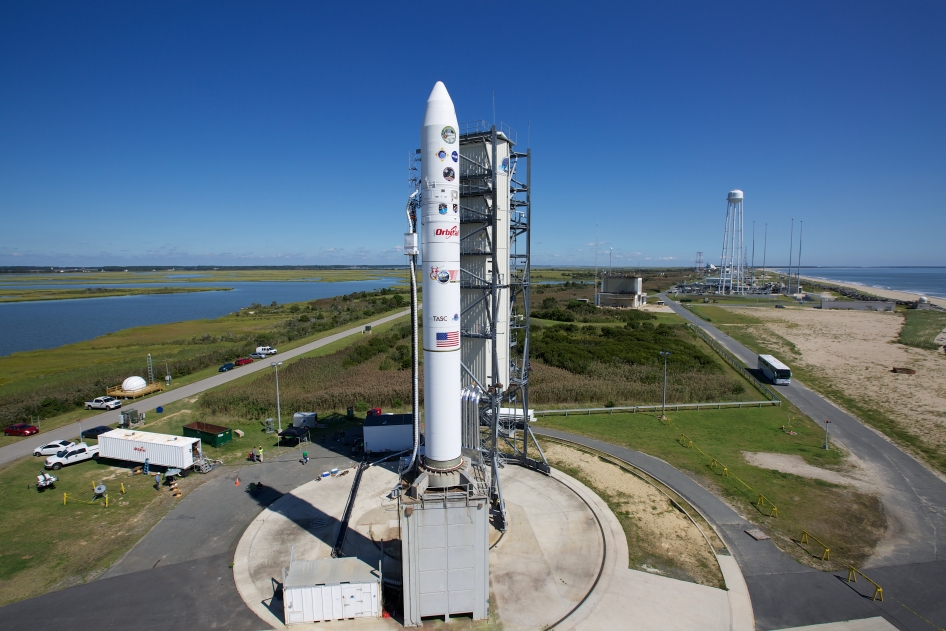We're open daily! View holiday hours
Science News
LADEE
September 6, 2013
by Josh Roberts

While there is no officially acknowledged “man in the moon,” there is a LADEE (channel your inner Scot as you say it, “lad-ee”), or there will be soon. NASA’s upcoming Lunar Atmosphere and Dust Environment Explorer (LADEE) is slated for launch today! This mission will give us a chance to revisit the lunar surface in great detail—and possibly determine the cause of some strange observations made decades ago during the Apollo missions.
When taking coronal photographs in 1971, the Apollo 15 astronauts found what they described as “excessive brightness” on the lunar surface. One objective of the LADEE mission is to determine the nature of this glow, thought to be a loose lunar atmosphere. (If an atmosphere exists, it’s much, MUCH less dense than ours.) The glow could also be caused by electrostatically charged dust that hovers around the lunar surface.
In order to get to the Moon, LADEE will take off on a Minotaur V launch vehicle, made from a converted peacekeeper missile—the first launch of its kind. It’s based on the Minotaur IV system, which has been used successfully many times.
After launch, LADEE will spend 30 days making its way to the Moon and establishing a stable orbit 156 kilometers above the surface; it will spend the next 30 days aligning, checking out, and tuning up its scientific instruments. The 100-day-long science portion of the mission will then allow NASA researchers to observe the lunar environment carefully and put to rest the 38-year-old mystery.
The tools onboard consist of an Ultraviolet and Visible Light Spectrometer (UVS), which will analyze chemical compounds and determine their elemental makeup; the Neutral Mass Spectrometer (NMS), which will help determine just how much atmosphere the moon has; and finally, the Lunar Dust Experiment (LDEX).
LADEE will also establish a higher bandwidth, more robust connection than any prior lunar mission, using laser-based communication instead of the traditional low-power radio-based system enabling more information to be sent faster. That’s right! NASA is deploying experimental space lasers to communicate with LADEE. How sci fi is that?
LADEE represents a synthesis of both new and well-tested technologies and a great chance for us to better understand our nearest neighbor in space.
Josh Roberts is a program presenter and astronomer at the California Academy of Sciences. He also contributes content to Morrison Planetarium productions.
Image: NASA EDGE